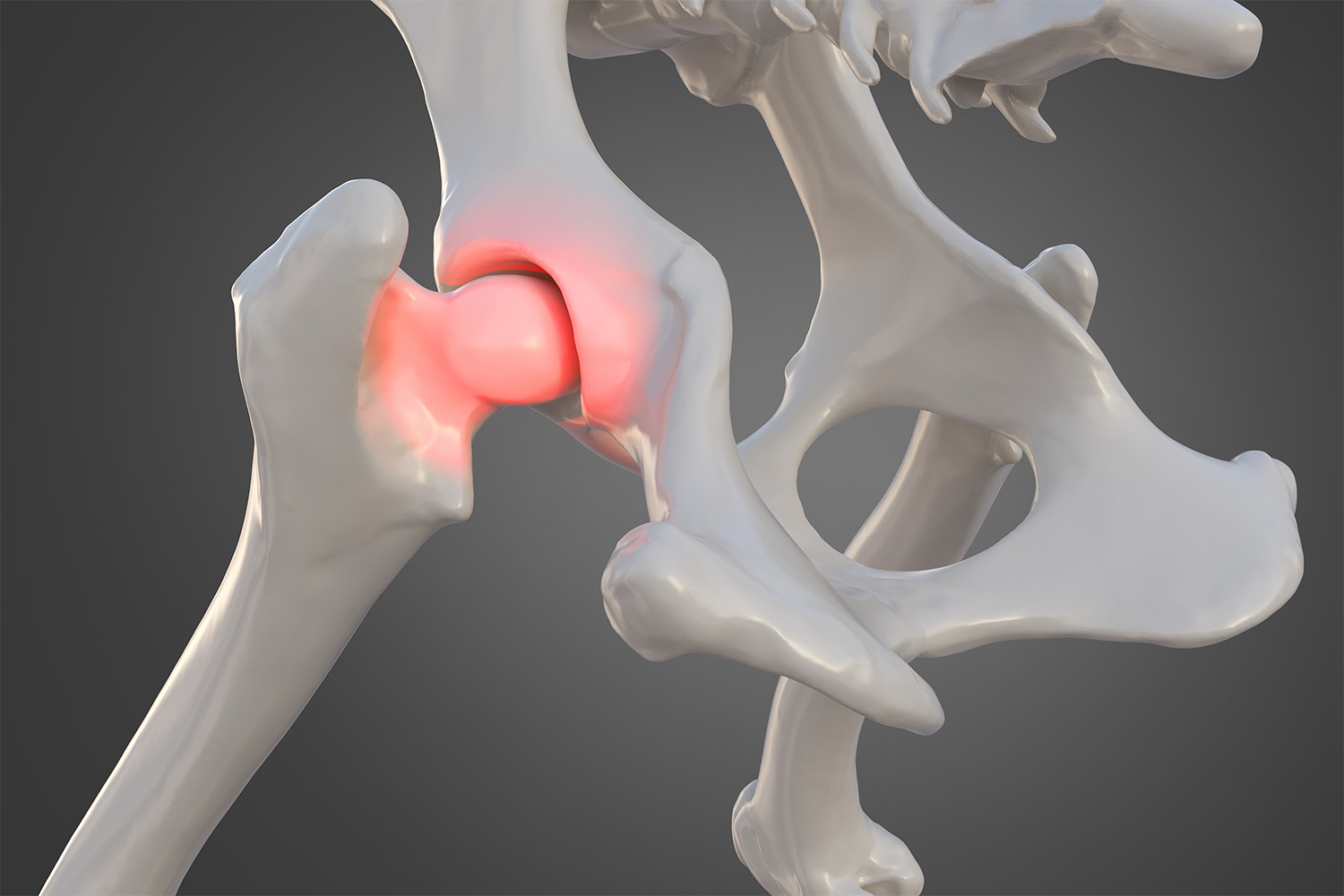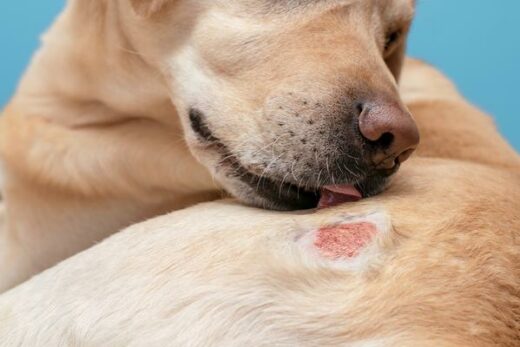
Hip dysplasia is a condition that can significantly impact your dog’s overall quality of life. Pet parents should be concerned about the potential for hip dysplasia, even before they adopt a dog. This condition can affect dogs of any age or breed. Here’s how to spot the risk factors and what to do if you believe your dog may have canine hip dysplasia.
What Is Canine Hip Dysplasia?
Canine hip dysplasia is a condition that affects a dog’s hip joints while they’re growing. If joint cartilage and tissue wear down as a dog grows, the hip joint can lose its ability to hold the dog’s femur (leg bone) in place.
For the hip to function properly, enough padding needs to exist to keep the hip secured in the joint. If there isn’t enough tissue as the dog continues to grow, this leaves the joint loose.
Hip dysplasia typically worsens as dogs age. A dog can develop muscular health issues or arthritis due to hip dysplasia. All dogs with hip dysplasia will experience limitations on their overall mobility. It can be challenging for dogs to walk or transition from a sitting, lying, or standing position when their hip joint doesn’t work the way it should.
What Causes Canine Hip Dysplasia?
Canine hip dysplasia is a condition that occurs as a dog grows. It doesn’t have a specific cause, and it’s not the failure of a pet parent. Hip dysplasia appears to be hereditary and is more common in larger breeds of dogs.
You can successfully manage hip dysplasia with a well-rounded approach and a vigilant eye. If you’re willing to devote a little extra time to your dog’s health and wellness and rearrange your home to accommodate your dog’s comfort, your dog with hip dysplasia can live a mostly normal life.
What Breeds Are Most Likely To Develop Hip Dysplasia?
Hip dysplasia can happen to any breed of dog. It’s most common in large breed dogs and giant breed dogs.
Here is a list of dogs with either a genetic predisposition or a higher likelihood of developing hip dysplasia:





